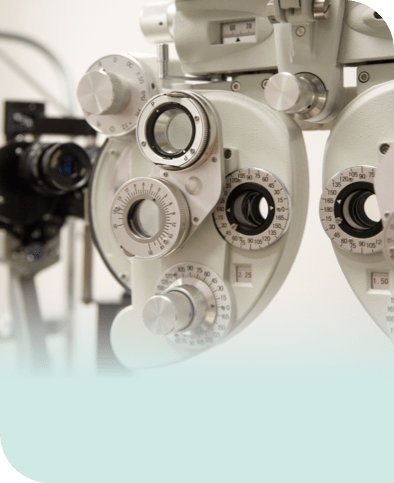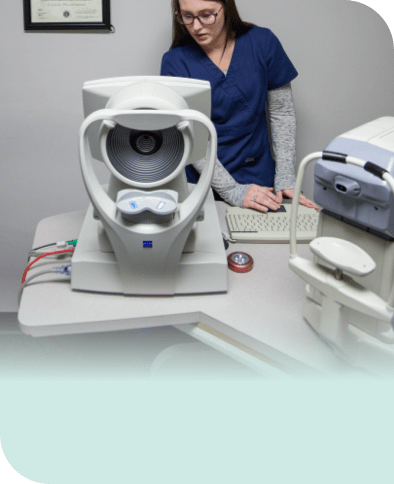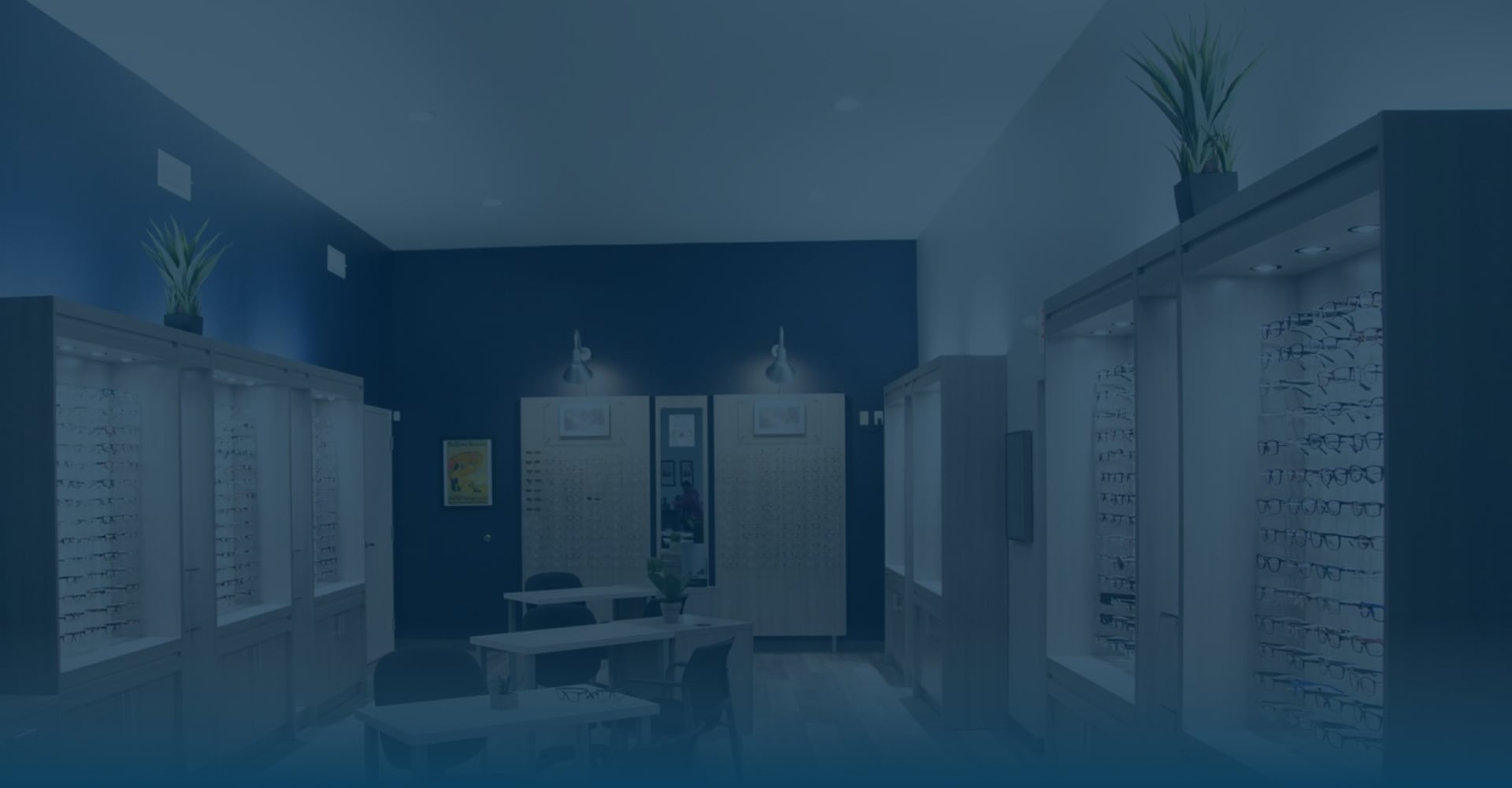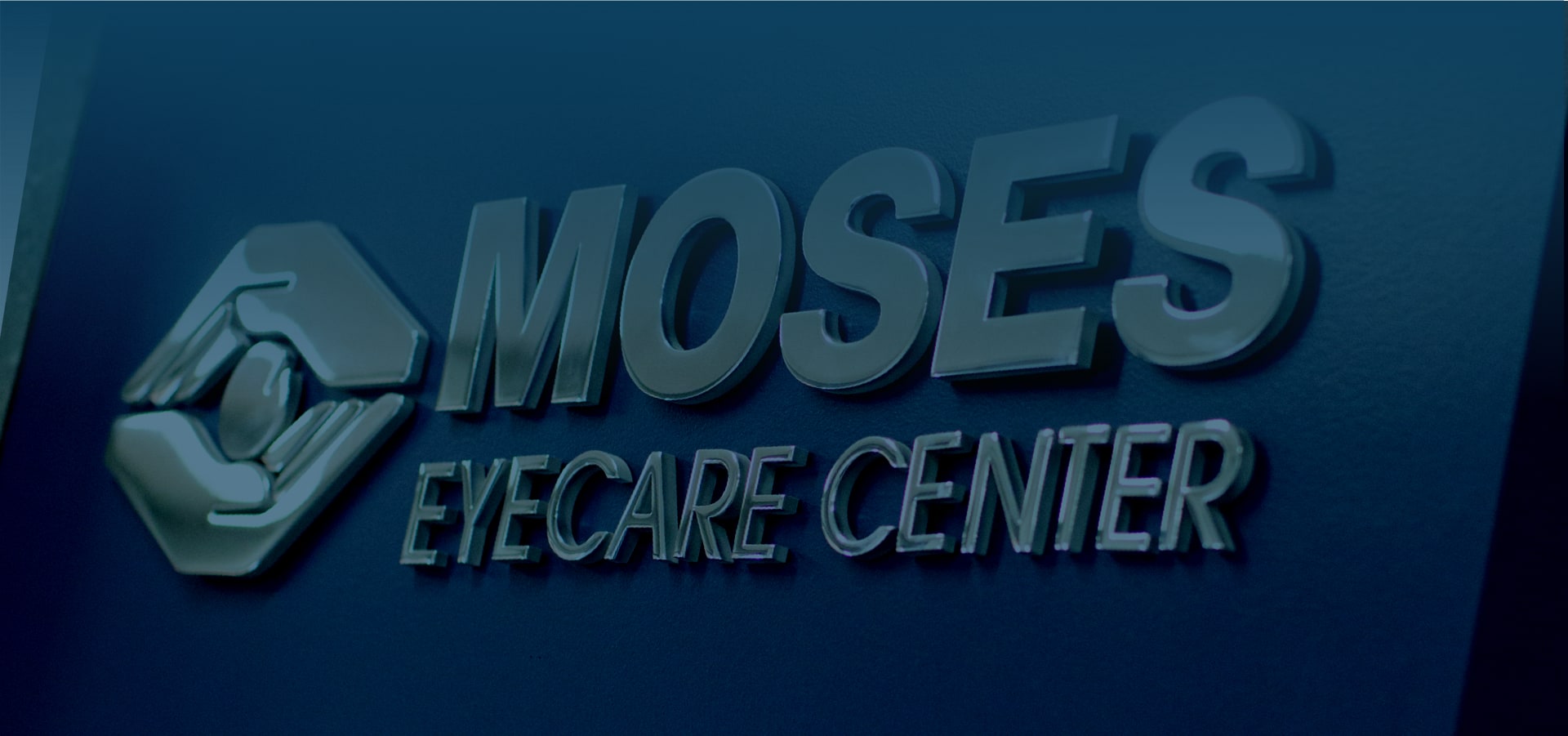Glaucoma is one of the leading causes of irreversible blindness worldwide. Still, many people don’t fully understand how it develops or who is most at risk.
While many risk factors influence glaucoma development—including age, existing eye conditions, and medical conditions like diabetes—there is a strong hereditary link.
If glaucoma runs in your family, routine eye exams are essential to monitor any potential glaucoma development.
What is Glaucoma?
Glaucoma is a group of eye conditions that damage the optic nerve—the part of your eye responsible for transmitting signals from the retina to your brain, allowing you to see.
The damage is often caused by increased intraocular pressure (IOP), which happens when the fluid inside the eye (the aqueous humor) does not drain properly.
Over time, the pressure builds up, damaging the optic nerve. If left untreated, glaucoma can lead to permanent vision loss.
Types of Glaucoma
Glaucoma includes several related conditions, but the 2 most common types are open-angle and angle-closure glaucoma.
Other types include normal-tension glaucoma (where IOP is not elevated), congenital glaucoma (which is present from birth), and secondary glaucoma (which is caused by injury or other medical conditions).
Open-Angle Glaucoma
Open-angle glaucoma is the most common form. It develops slowly over time without noticeable symptoms, so many people don’t realize they have it until they experience significant vision loss.
Regular monitoring and early detection are crucial to prevent progression and total blindness.
Angle-Closure Glaucoma
Angle-closure glaucoma, also known as narrow-angle or acute glaucoma, is less common; however, it is more severe and constitutes a medical emergency.
It occurs when the drainage angle in the eye suddenly becomes blocked, causing a rapid increase in eye pressure. Sudden symptoms, including intense eye pain, blurry vision, nausea, and redness in the eye, indicate that you need to visit an emergency room immediately.
How Genetics Influence Glaucoma Risk
Is glaucoma hereditary? The short answer is yes—your genetics can significantly influence your risk. Research suggests that a family history of glaucoma increases the likelihood of developing the disease by up to 4–9 times compared to someone without a family history.
How Does It Run in Families?
Glaucoma is not linked to a single gene but is a complex genetic condition. Multiple genes and environmental factors contribute to its development. Specific types, such as open-angle glaucoma, are more commonly documented as hereditary.
If you have a first-degree relative (a parent, sibling, or child) with glaucoma, informing your eye doctor is crucial. Regular eye exams can help you monitor any signs of early-stage glaucoma and prevent significant damage.
Ethnic Groups at Higher Risk
Specific populations are at a greater risk of developing glaucoma due to genetic predispositions. For instance:
- African Americans are at higher risk of open-angle glaucoma, particularly at a younger age
- Asian populations have a heightened risk of angle-closure glaucoma
- Individuals of Hispanic descent show an increasing risk of open-angle glaucoma as they age
Genetic and other risk factors can mean that earlier and more aggressive treatments are vital for high-risk groups.
Other Risk Factors to Consider
While family history is a significant risk factor, it’s not the only one. Understanding additional contributing factors can help you take a comprehensive approach to prevention:
- Increased age is a factor, as glaucoma becomes more common after 60
- Existing eye conditions, such as severe nearsightedness (myopia) or previous eye injuries, can increase your risk
- Medical conditions such as diabetes, high blood pressure, and other systemic issues can increase the likelihood of developing glaucoma
- Prolonged corticosteroid use, particularly eye drops, may elevate IOP, contributing to the onset of glaucoma
The Importance of Early Detection
One of the most significant challenges with glaucoma is its lack of early symptoms, particularly with open-angle glaucoma. By the time vision loss occurs, the damage is often irreversible.
Routine eye exams are crucial for proactive eye care, especially for those with a family history or other risk factors.
Tests that help detect glaucoma include:
- Tonometry to measure intraocular pressure
- Pachymetry to measure corneal thickness
- Ophthalmoscopy to examine optic nerve damage
- Visual field tests to detect peripheral vision loss
Most eye health professionals recommend comprehensive eye exams every 1–2 years for people over 40 or anyone at heightened risk. Earlier detection allows for timely intervention, minimizing the risk of severe damage.
Treatment Options for Glaucoma
While glaucoma damage cannot be reversed, treatments aim to slow progression by lowering intraocular pressure (IOP). Your optometrist can recommend options based on your glaucoma severity and type.
Eye Drops

Prescription eye drops are often the first line of defense. These medications help reduce eye pressure by improving fluid drainage or reducing the amount of fluid your eye produces. Common types include:
- Prostaglandin analogs (e.g., latanoprost) to help increase fluid outflow
- Beta-blockers (e.g., timolol) to help decrease fluid production
- Carbonic anhydrase inhibitors (e.g., dorzolamide) to help reduce fluid production in combination therapies
Oral Medications
Doctors may prescribe oral medications—typically carbonic anhydrase inhibitors—when eye drops are insufficient. While these can effectively lower IOP, they’re usually not long-term solutions due to potential side effects like frequent urination and an upset stomach.
Laser Treatment
Laser procedures are increasingly standard for treating glaucoma. These outpatient treatments include:
- Selective laser trabeculoplasty (SLT) for open-angle glaucoma to enhance fluid drainage by targeting specific tissues
- Laser peripheral iridotomy (LPI) for angle-closure glaucoma to create a small hole in the iris to improve fluid flow
Laser treatments are typically low-risk and often effective, though the results may not be permanent.
Surgery
For more aggressive cases of glaucoma, surgical options are available. These include:
- Trabeculectomy to create a new drainage pathway for fluid to escape
- Glaucoma drainage devices, such as implanted shunts or stents, to help regulate eye pressure
- Minimally invasive glaucoma surgery (MIGS), a newer approach that offers faster recovery & fewer complications, to implant microscopic-sized tubes to improve drainage
Lowering eye pressure (IOP) is a key goal in glaucoma care, and surgery can provide significant improvement.
However, eye health professionals usually start with less invasive approaches. Surgery becomes a more likely option when glaucoma can’t be effectively managed through other methods.
Protect Your Vision Today
Modern treatments, from eye drops to laser procedures, mean more people than ever before can maintain their sight, even after a glaucoma diagnosis.
At Moses Eyecare Center, we proudly offer laser glaucoma treatments to help those currently living with glaucoma. Contact us today for a consultation or book a preventative comprehensive eye exam.













